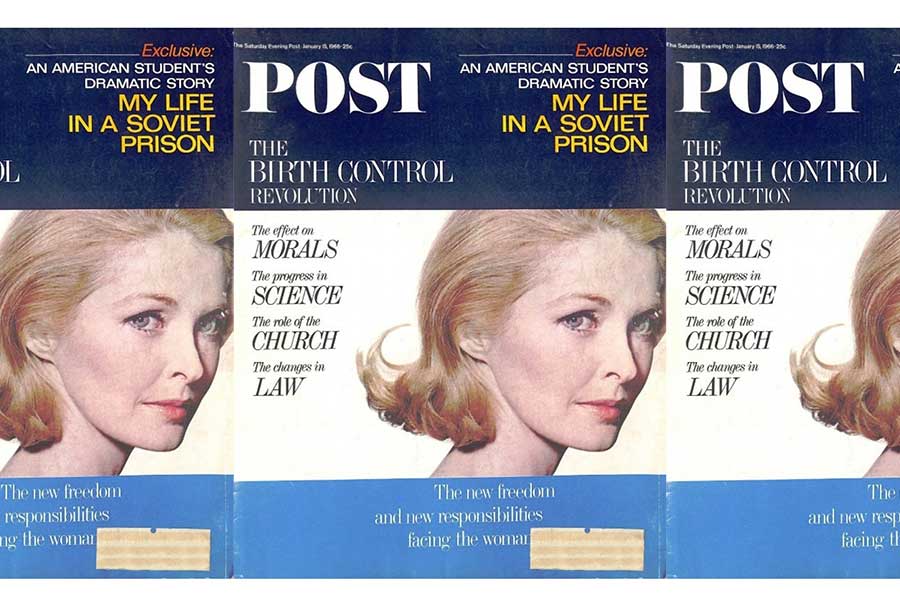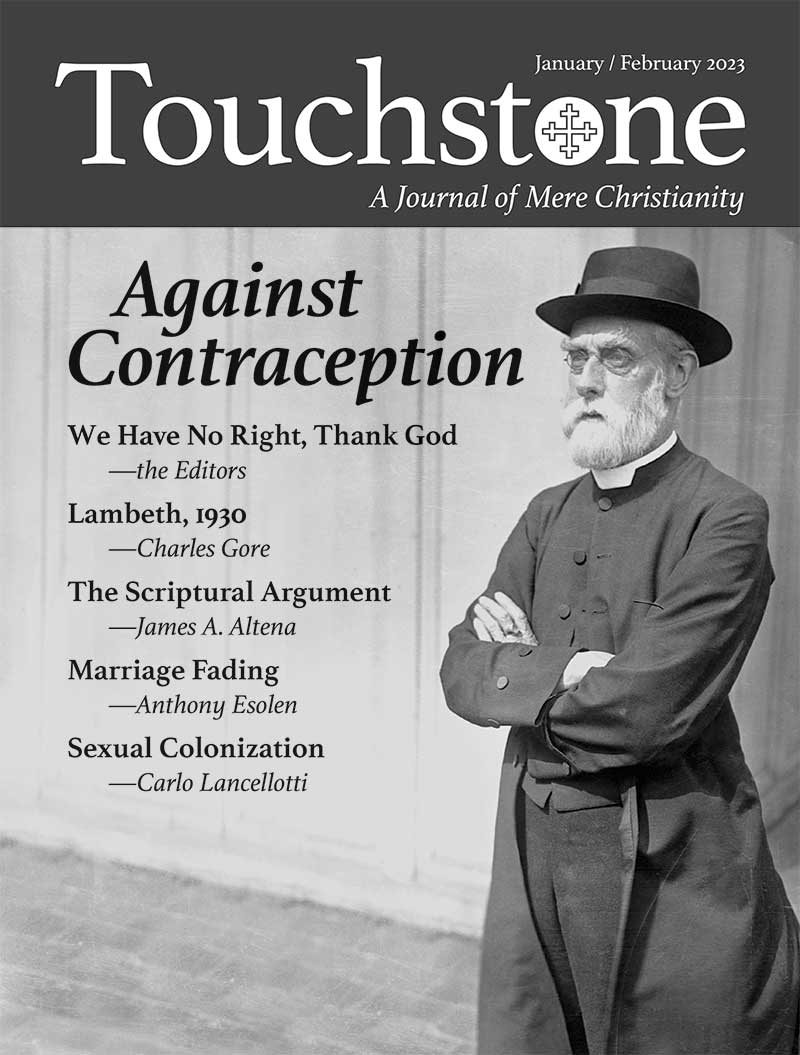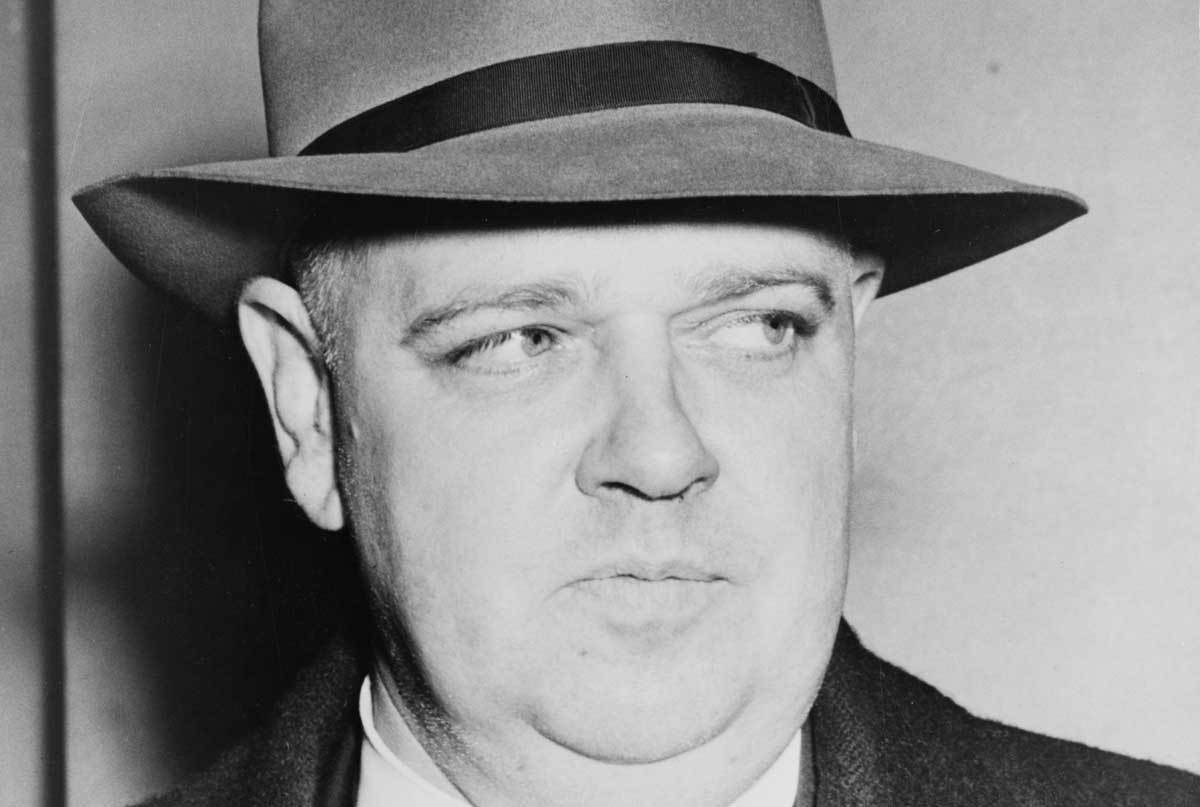"The Birth Control Revolution"
On January 15, 1966, The Saturday Evening Post ran a cover story promoting the use of contraceptives. Below we have reprinted excerpts from that article to give readers a look at how contraception advocates framed these questions 57 years ago this month.
Neither the Old Testament nor the New specifically forbade contraception. The web of prohibition was purely an interpretation, woven by Popes and bishops and strengthened by the authoritarian tradition of the Church.
[Note: While all Christian churches opposed contraception up through the early twentieth century, the campaign against contraception flowed almost entirely from Protestant circles. In this excerpt, the Post employs a tactic, first developed by Margaret Sanger, to portray opposition to contraception as a foreign, Roman Catholic imposition on Americans.]
But although the effect of the birth-control revolution upon the nation remains in doubt, there is no question that it will have an enormous impact upon marriage in America and the American family. Birth-control advocates speak of a strengthening of love between husband and wife once the fear of unwanted pregnancy disappears from sexual relations; they predict an easing of family financial strain and warmer relationships between parents and children as other stresses are removed.
“Anyone over 21, however, is a free agent,” Doctor Johnson remarked, although he said he had actually prescribed the pills for only two unmarried students, and both of them were planning to be married. He added that if a girl asked him for a pill prescription, he wanted to know why she wanted it. “I want to feel I’m contributing to a good solid relationship and not to promiscuity,” he said.
With the deterrents reduced or gone, many people believe that the foundations of contemporary sexual morality may be threatened, especially the morals of the young. . . . One [college health officer] said that when a girl at a Midwestern college recently made a request [for birth-control pills], she was asked, “How old are you?”
“Twenty-one,” the girl replied.
“You have a particular man in mind?”
“Well, yes, I do.”
“Have you ever stopped to think that you might someday want to marry a man who holds virginity in high regard?” the doctor then asked.
“Yes,” she said, candidly. “But I’m not at all sure I want to marry a man like that.”
“I wish it didn’t seem so old-fashioned to have high moral values,” one co-ed commented. “So many girls would just love to be able to say out loud that they think too much is being made of the importance of sex. The silly thing is that it’s sort of embarrassing to admit that you disapprove. It’s ‘the thing’ to sound modern and blasé even if you aren’t.”
Though ministers and moralists are highly vocal about “the rapid breakdown of sexual moral standards” among the young, many [college] administrators insist that the situation today is no different from what it has always been.
“We have about five percent whom I would call sexually active,” observes Dr. Richard Moy, young head of the Student Health Service at the University of Chicago.
“So long as we have no child—thanks to the pill—our relationship affects only ourselves. Why is this so wrong, when no one else gets hurt?”
There are indications that a majority of unmarried young women still observe the standards of sexual behavior taught by their parents or their religion. But many seek in sexual activity the confirmation of their “identity” as free adults, and, whether by legitimate or underground routes, the pill has found its way to the college campuses and even to the high-school hallways. Dr. Mary Steichen Calderone, an eminent planned-parenthood expert, tells of an encounter with a girl in a New York City junior high school during a break between classes. The girl had dropped her handbag in the crowded corridor, and its contents spilled on the floor. “I stopped to help her pick the things up,” Doctor Calderone said, “and was astonished to see a package of birth-control pills. I asked the child, ‘Do you really know about these things?’ ‘Oh, yes,’ she replied, ‘I take them every Saturday night when I go on a date.’ She had gotten the pills from her married sister—apparently without benefit of instructions. If it weren’t so funny, it would be tragic.”
Even though she was not having intercourse, she still was taking the pills, [the woman] told [the university health official], because when she turned down a man she wanted it to be a matter of her own free choice and not because she was scared. . . . [T]he girl had touched upon what may be the only inarguable conclusion that can be drawn about the impact of the birth-control revolution on sex behavior: In cases where fear of pregnancy was the sole deterrent, the reliability of the new contraceptives has removed that fear.
Some authorities hope that the pill, prescribed for “the girl in trouble,” the youngster whose sex impulses cannot be controlled, will at least prevent the tragedy of the illegitimate, unwanted child.
[Note: Between 1960, the year the birth-control pill was approved by the FDA, and today, the illegitimacy rate has risen from 5.3 percent to 40 percent of all new births in the United States.]
[Gen. William H. Draper Jr., vice-chairman of Planned Parenthood] had first come into contact with a major population problem during a trip to Japan in 1948, where he saw the tremendous congestion. . . . Where the new weapons of the birth-control revolution have been given a fair test, the signs are encouraging. Under the Korean National Health program, doctors have been fitting women with intra-uterine devices at the rate of 15,000 a month. Their aim is to cut the birth rate in half in the next three years, and in one test area a 20 percent reduction was achieved in just one year.
[Note: South Korea now has the lowest fertility rate in the world, at 0.81 children per woman, followed by Japan at 1.3. In 2020, South Korea became the first nation to report more deaths than births in a single year.]
There is absolutely no evidence, however, that the oral contraceptives will initiate cancer. Early uneasiness on this point was stirred up by research on inbred strains of laboratory rats already prone to breast cancer.
[Note: “Overall, however, these studies have provided consistent evidence that the risks of breast and cervical cancers are increased in women who use oral contraceptives.” —National Cancer Institute at the National Institutes of Health website, 2022]
“By placing the creation of life under the guidance of man’s ethics and intellect,” says Donald B. Straus, former chairman of Planned Parenthood, “we can achieve a reverence for life which assures that every baby shall be a wanted baby and shall have room in the family for love.”
We live in a finite world, with finite resources. Yet we are endowed with a brain of almost infinite inventiveness and capacity, and it has given us the birth-control revolution.
This and other prospective developments reported here—including a “morning-after” pill—promise the American woman, already the freest in the world, still vaster freedom. . . . [T]he “morning-after pill” may become the ideal contraceptive.
J. Douglas Johnson is the executive editor of Touchstone and the executive director of the Fellowship of St. James.
subscription options
Order
Print/Online Subscription

Get six issues (one year) of Touchstone PLUS full online access including pdf downloads for only $39.95. That's only $3.34 per month!
Order
Online Only
Subscription

Get a one-year full-access subscription to the Touchstone online archives for only $19.95. That's only $1.66 per month!
bulk subscriptions
Order Touchstone subscriptions in bulk and save $10 per sub! Each subscription includes 6 issues of Touchstone plus full online access to touchstonemag.com—including archives, videos, and pdf downloads of recent issues for only $29.95 each! Great for churches or study groups.
Transactions will be processed on a secure server.
more on history from the online archives

14.6—July/August 2001
The Transformed Relics of the Fall
on the Fulfillment of History in Christ by Patrick Henry Reardon
more from the online archives
calling all readers
Please Donate
"There are magazines worth reading but few worth saving . . . Touchstone is just such a magazine."
—Alice von Hildebrand
"Here we do not concede one square millimeter of territory to falsehood, folly, contemporary sentimentality, or fashion. We speak the truth, and let God be our judge. . . . Touchstone is the one committedly Christian conservative journal."
—Anthony Esolen, Touchstone senior editor












